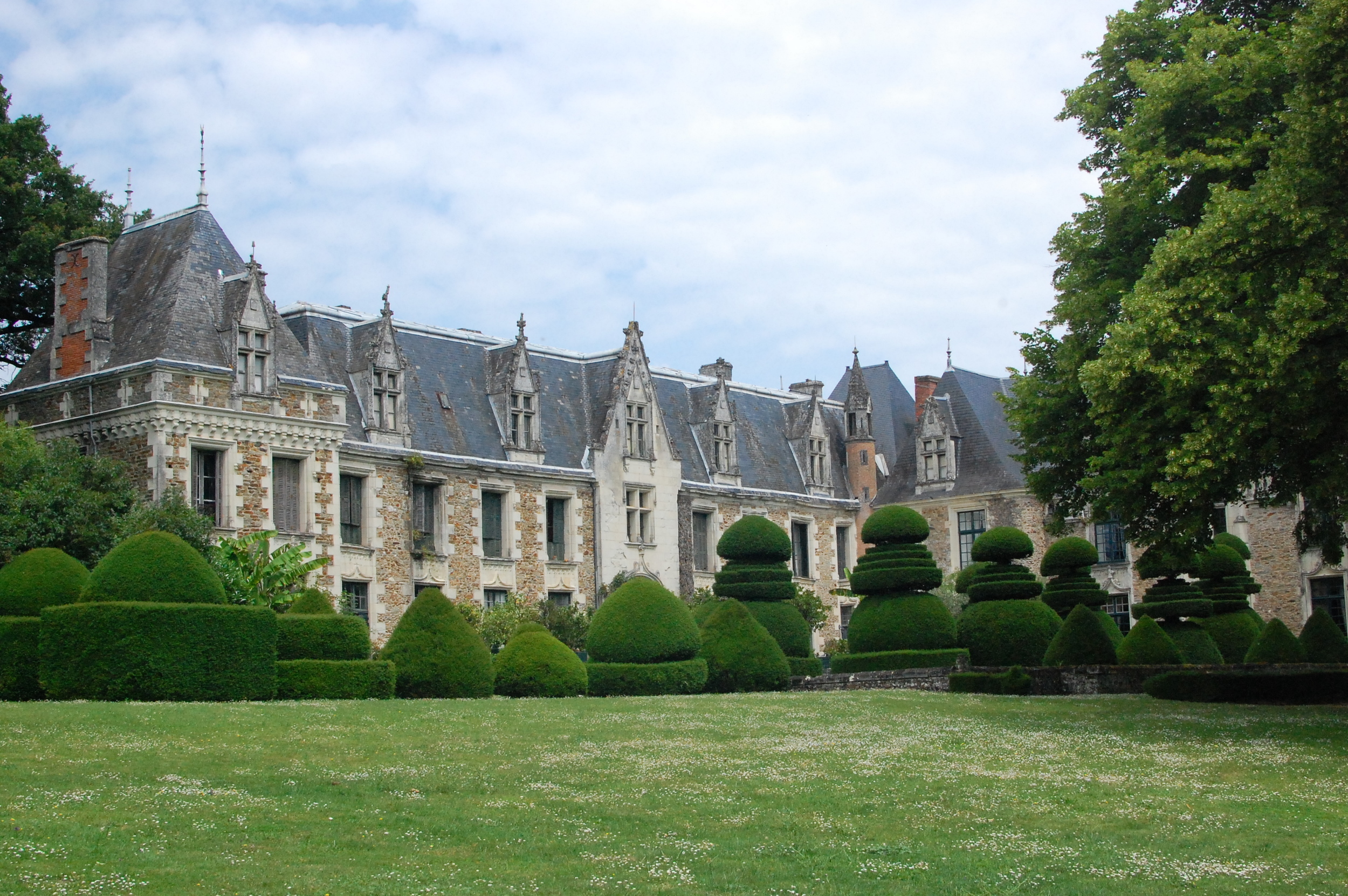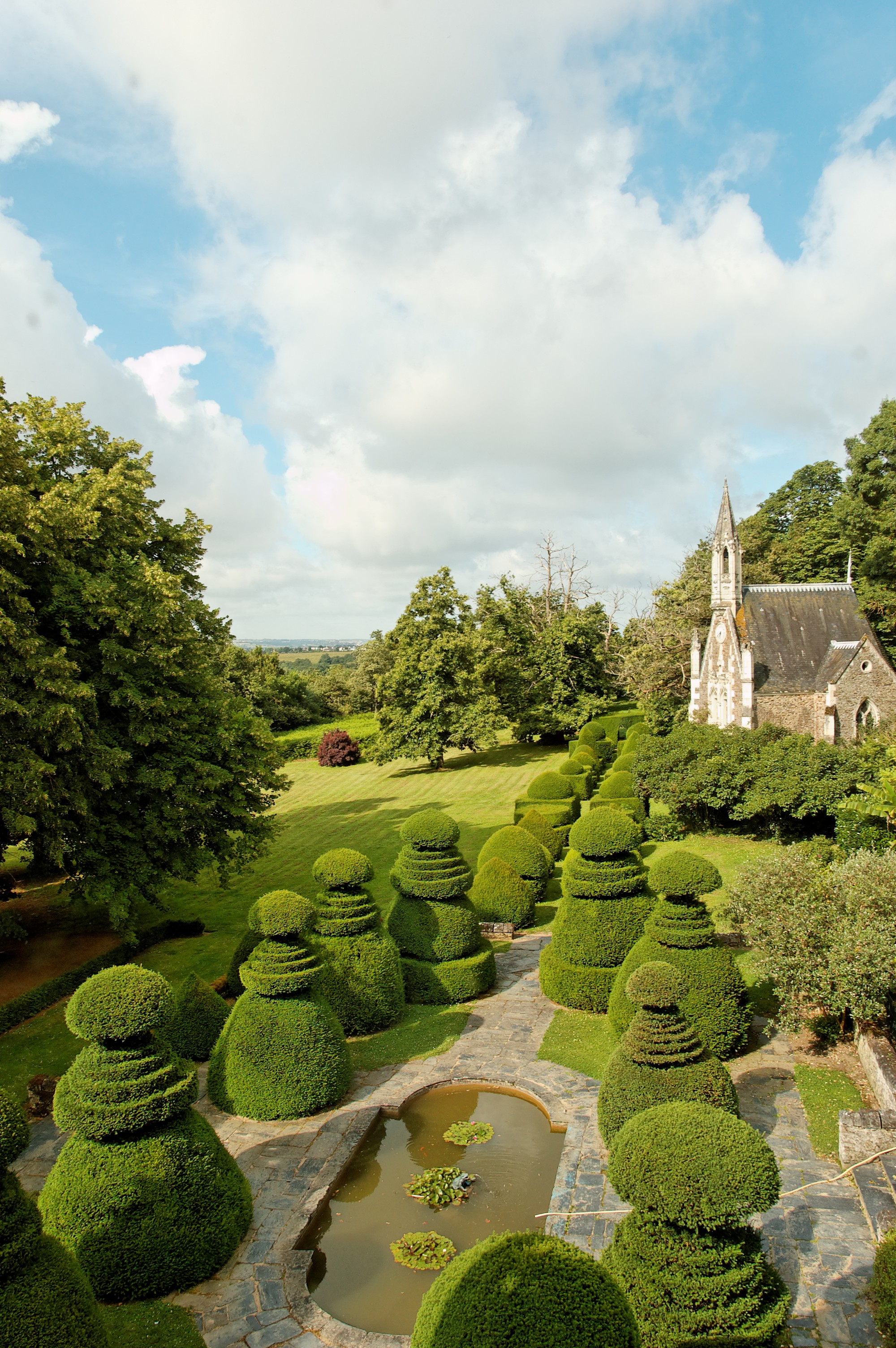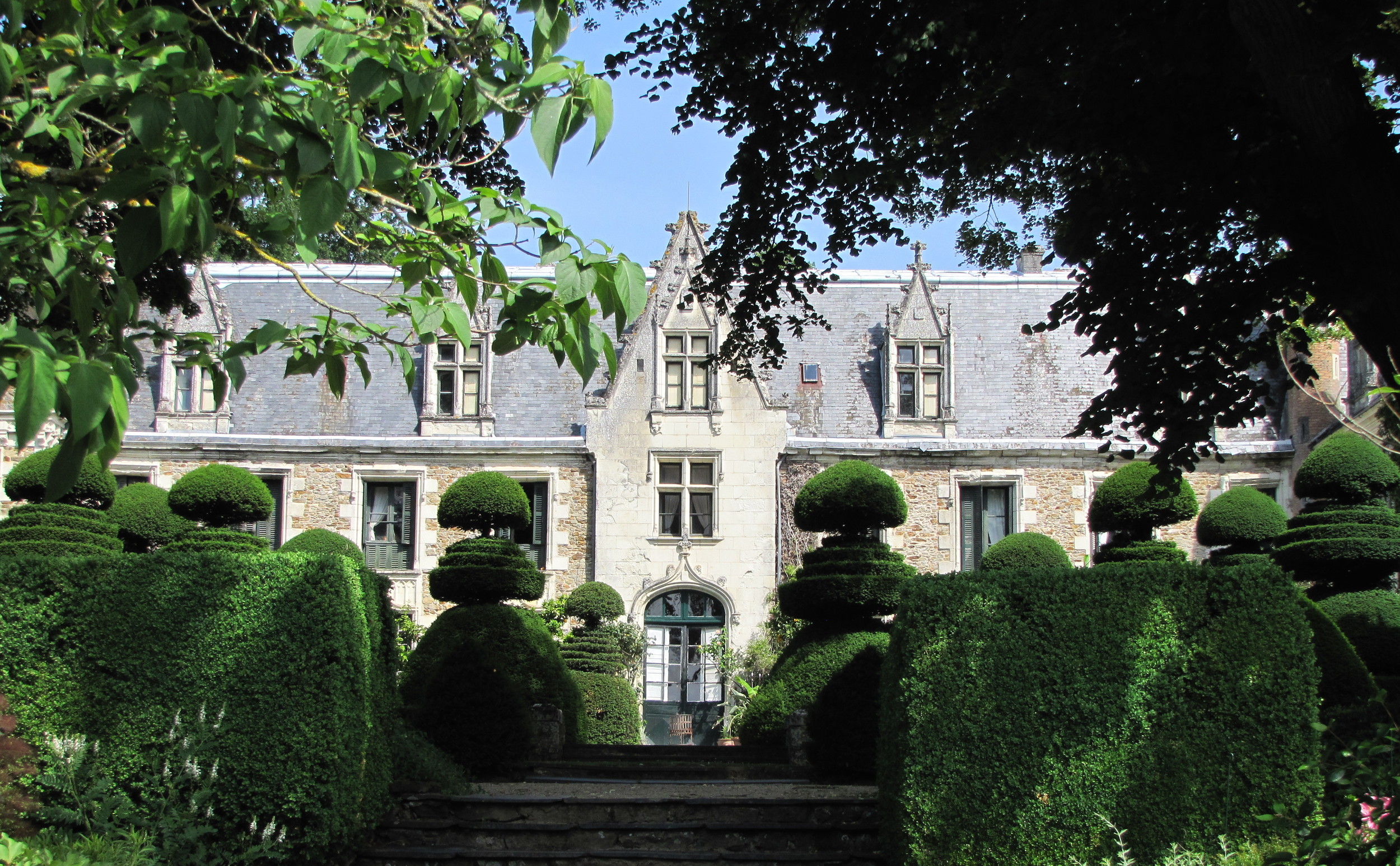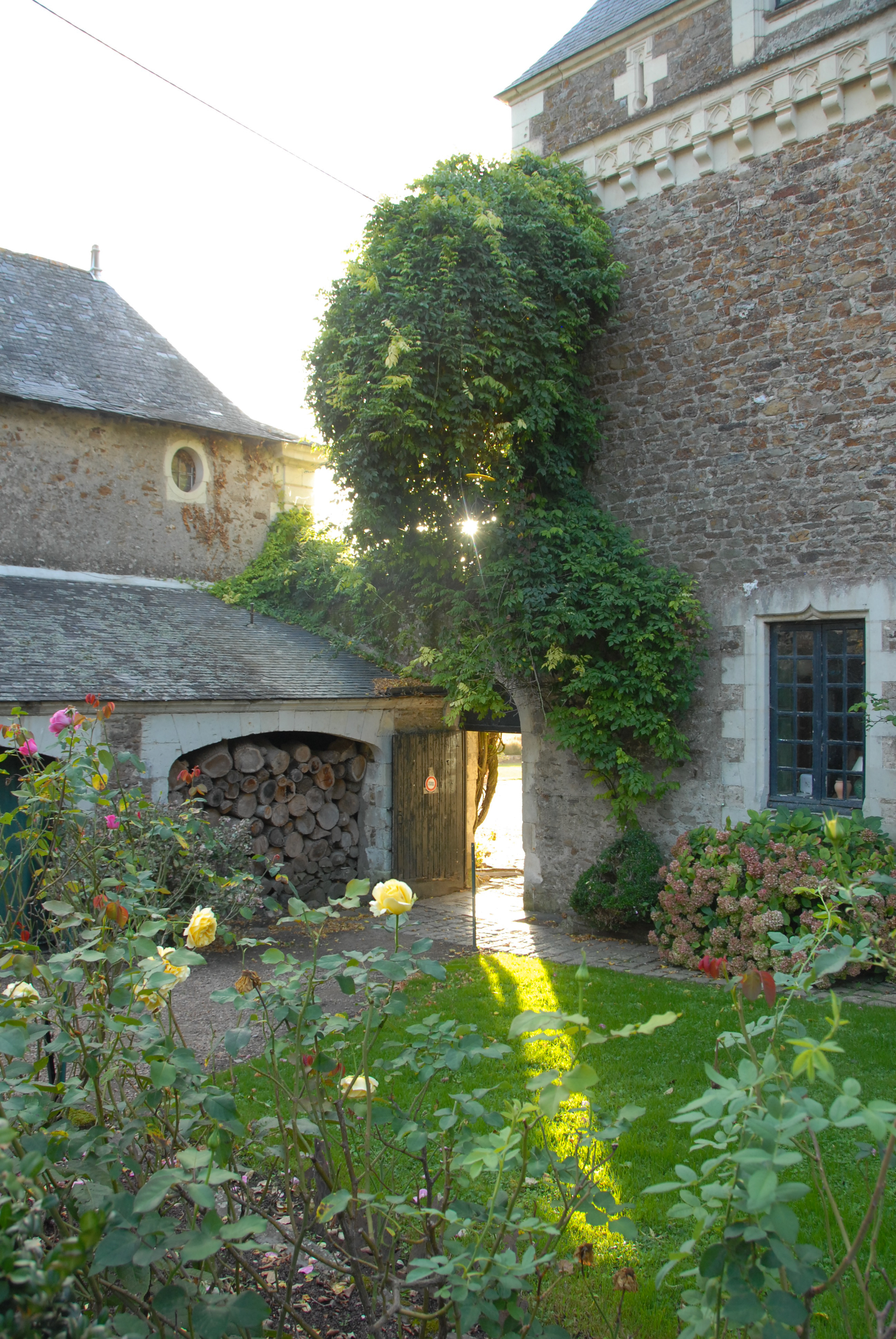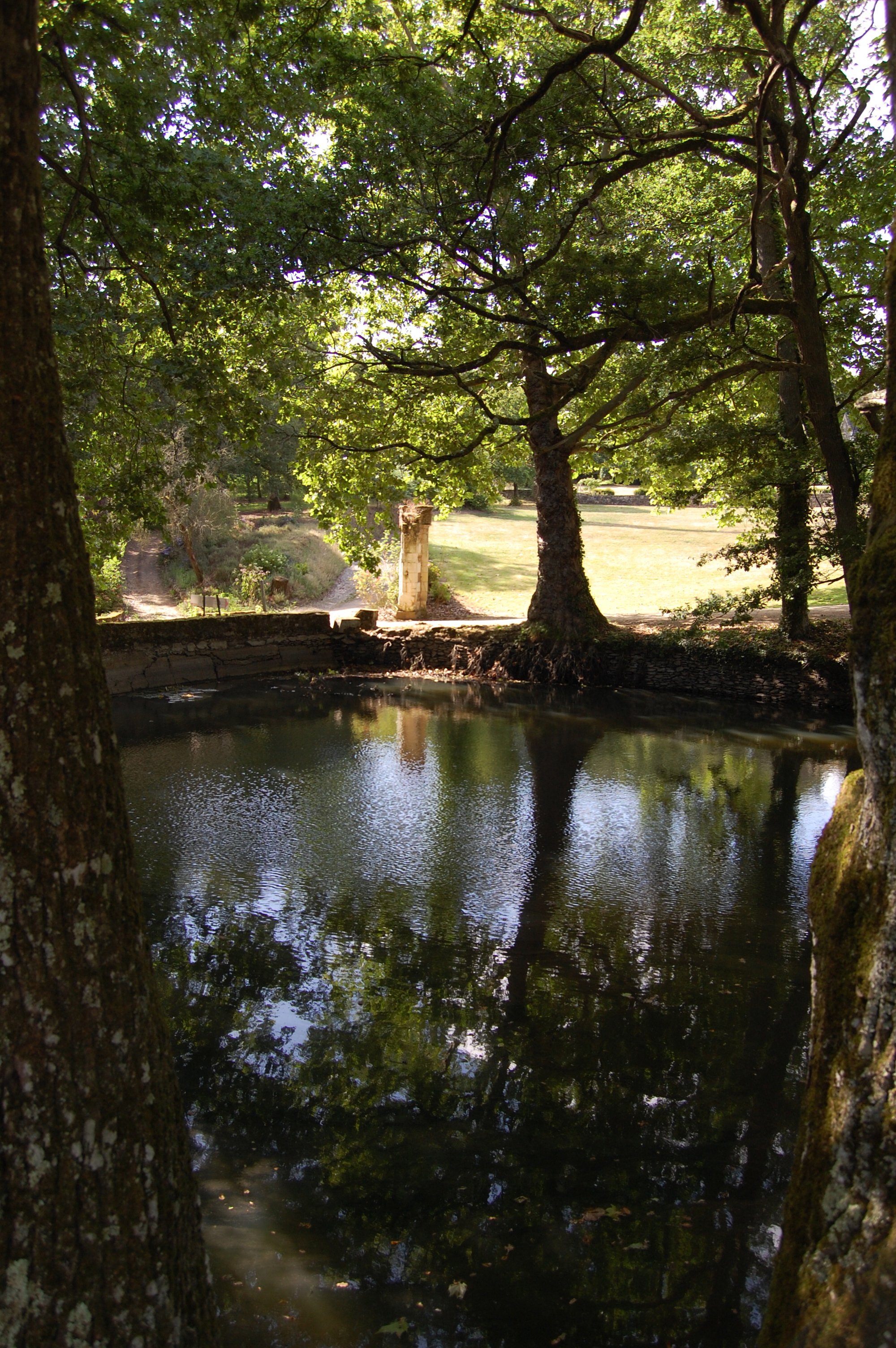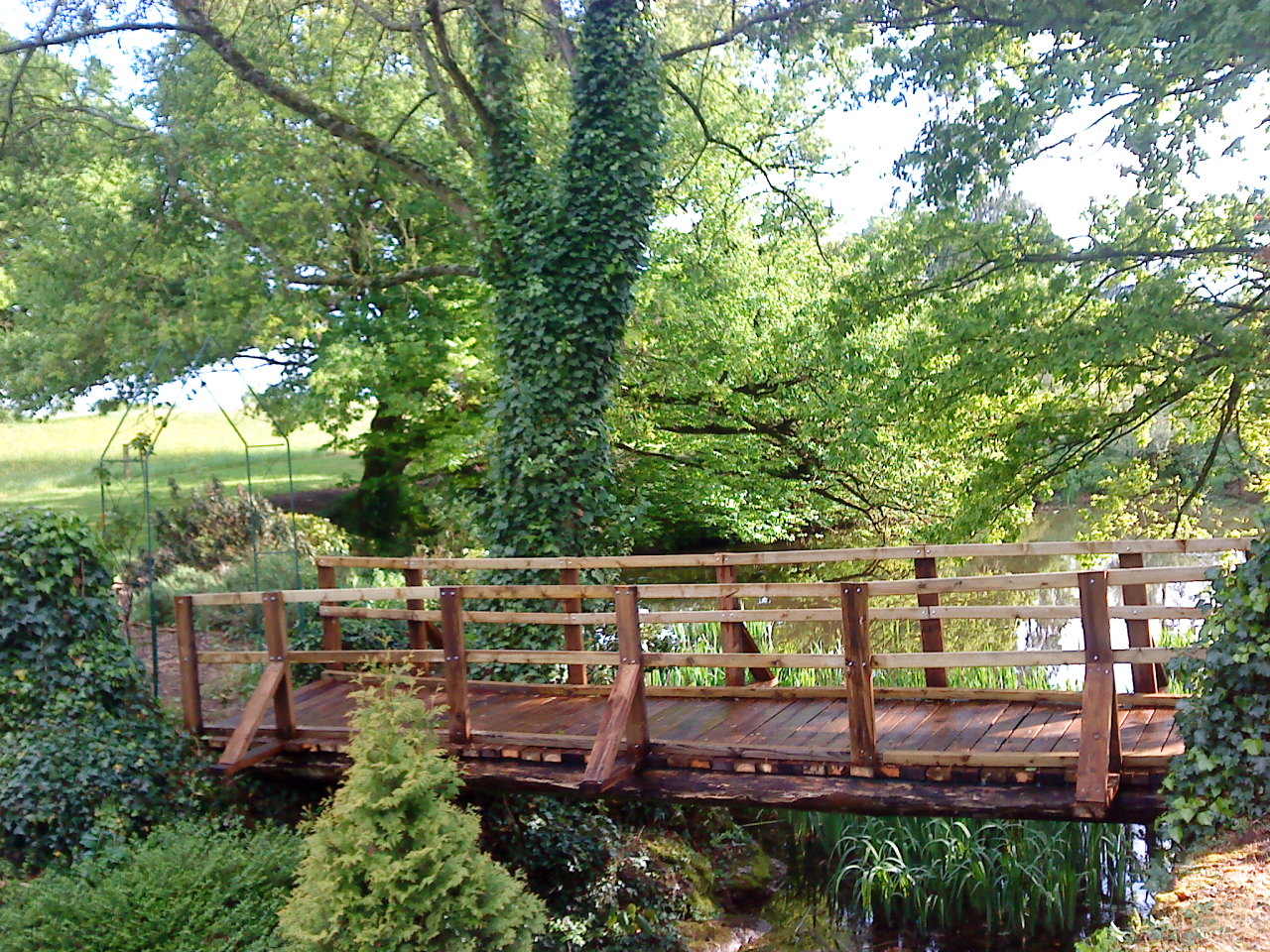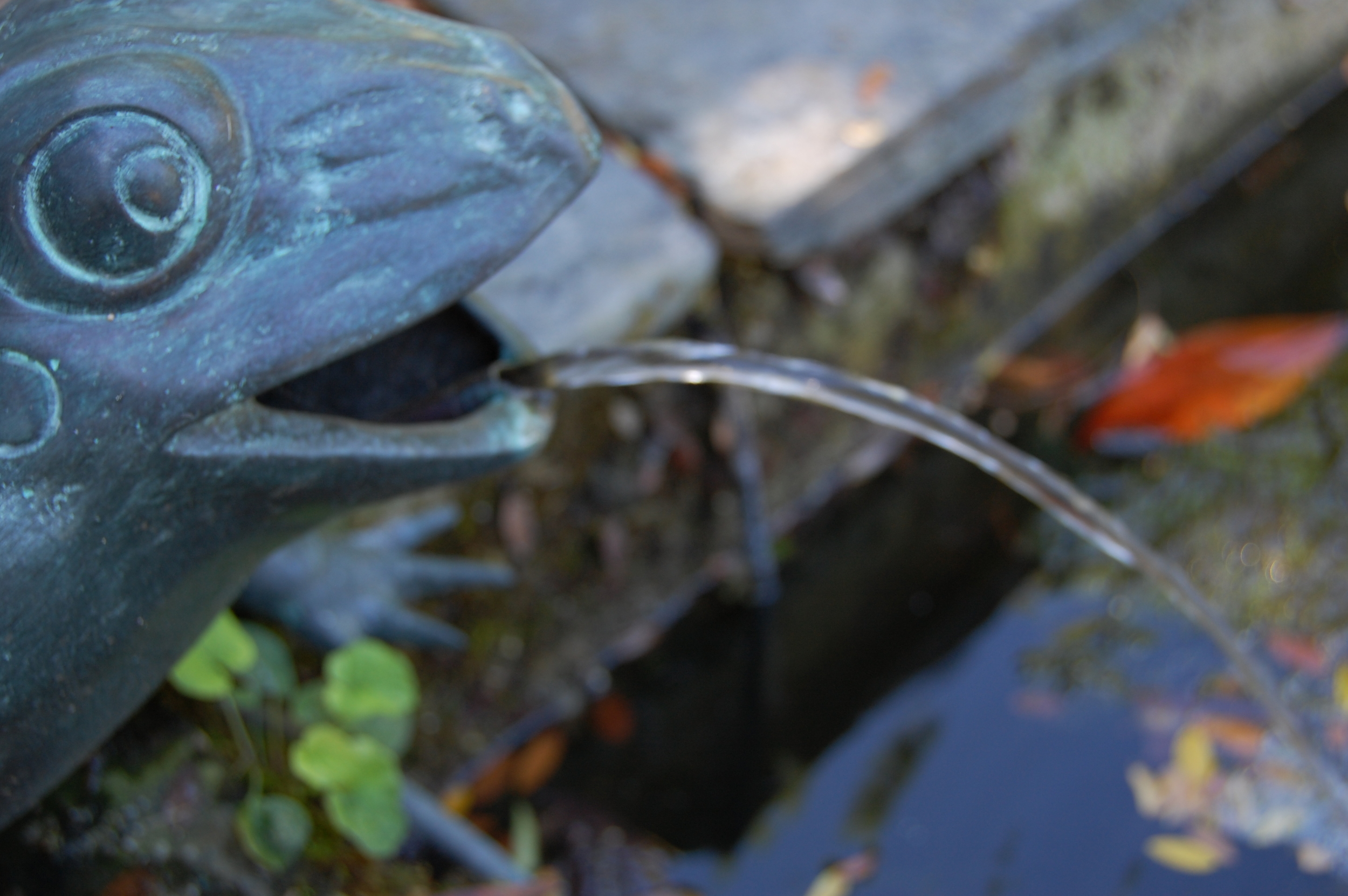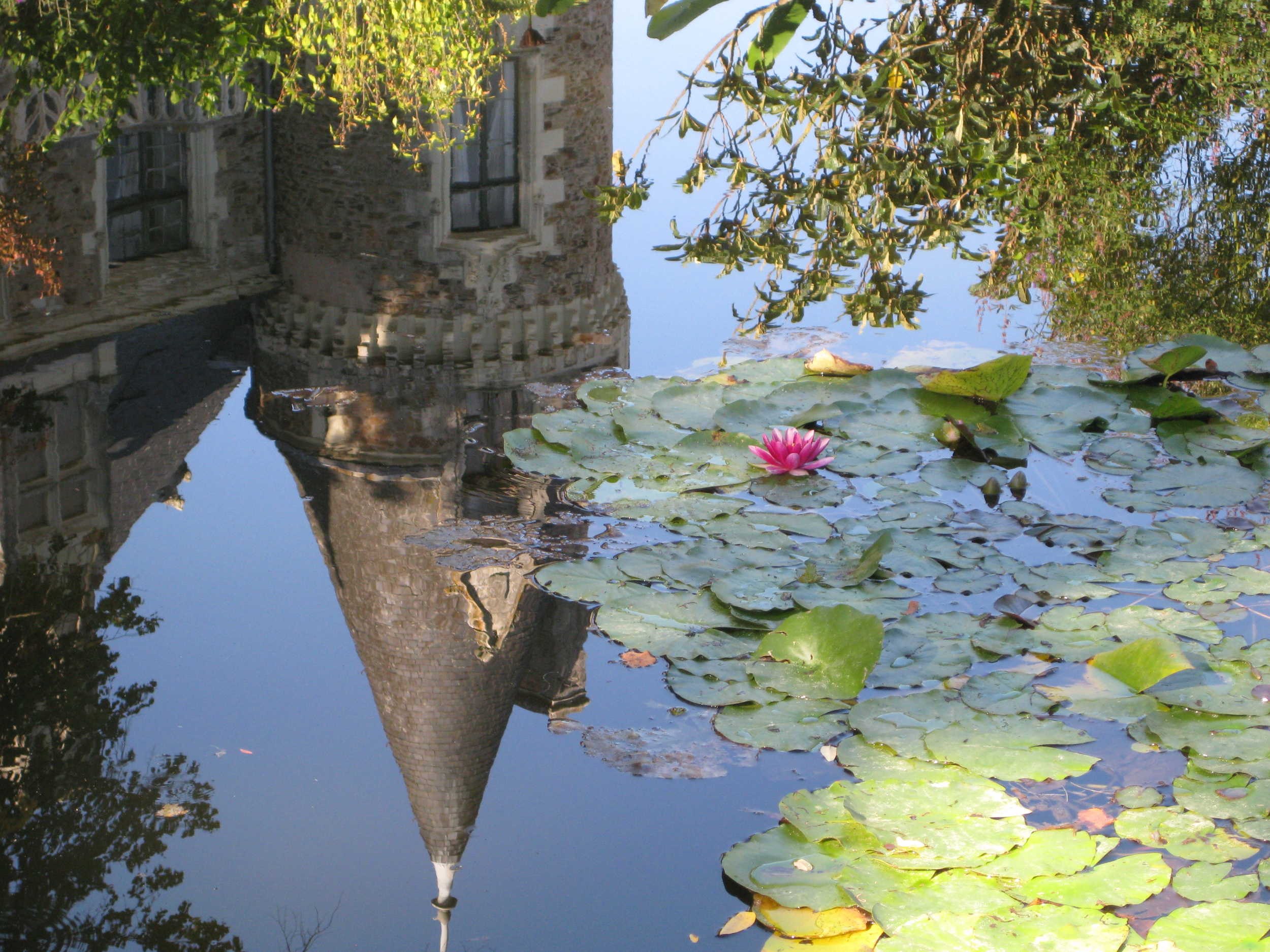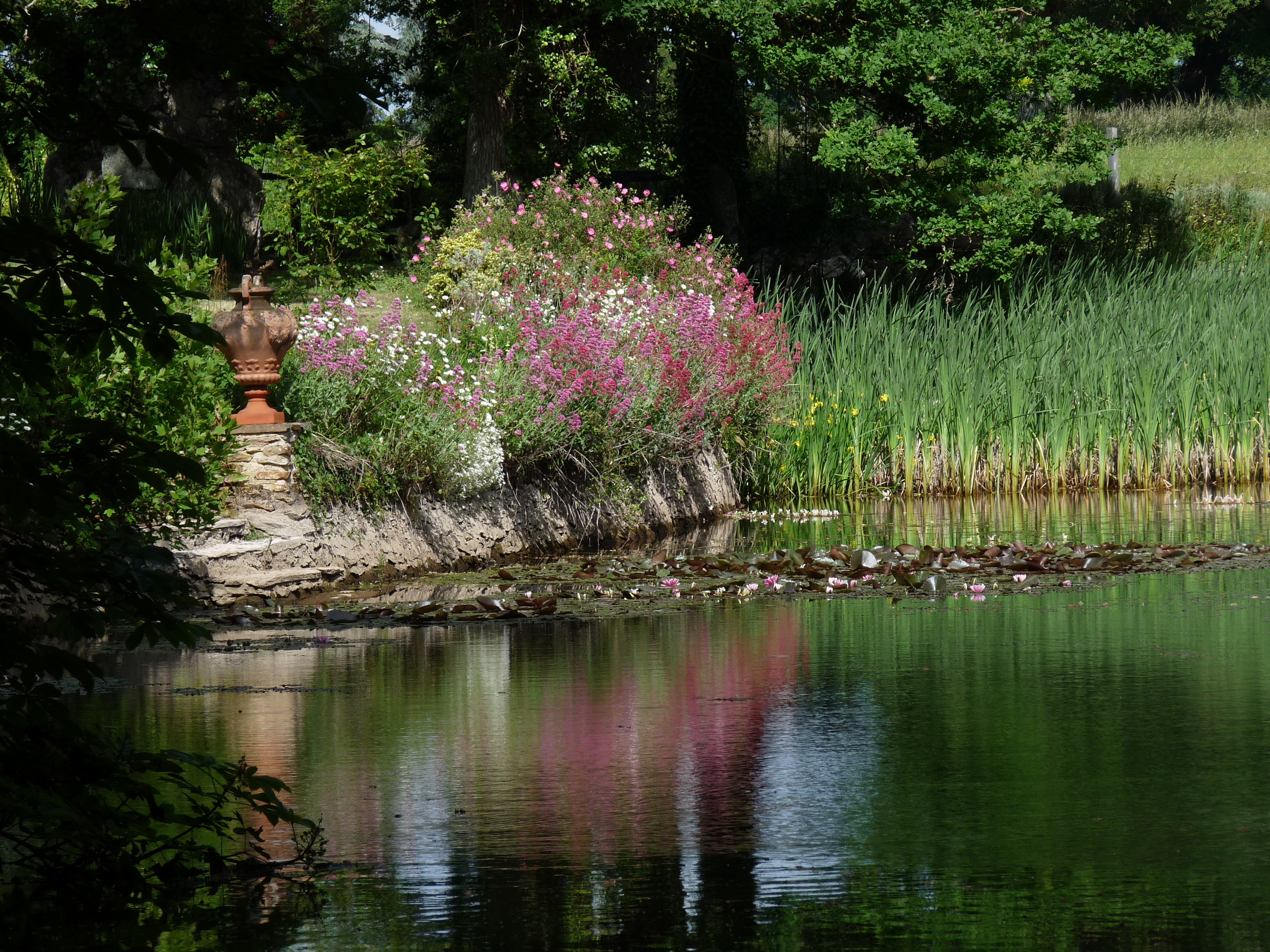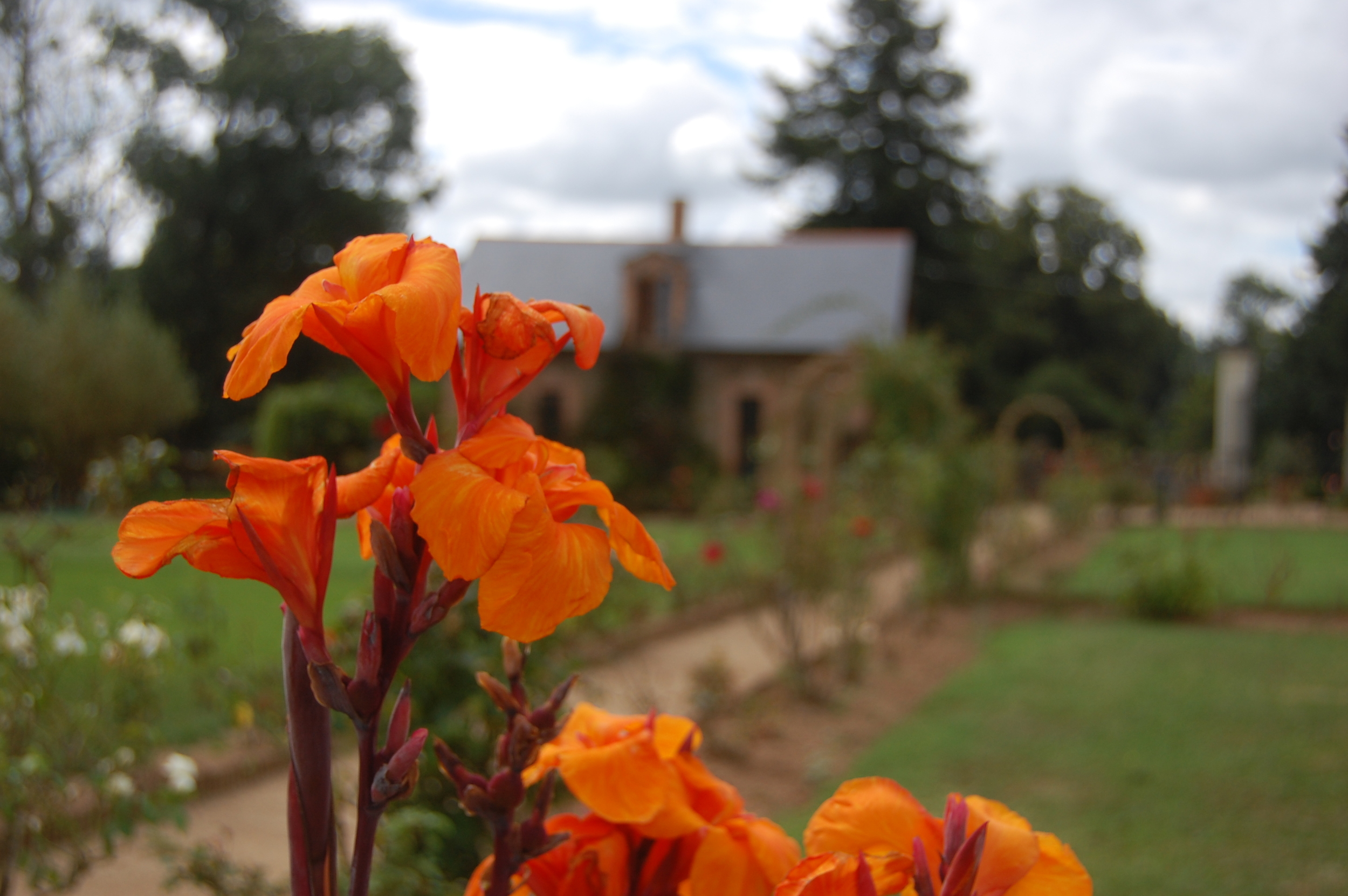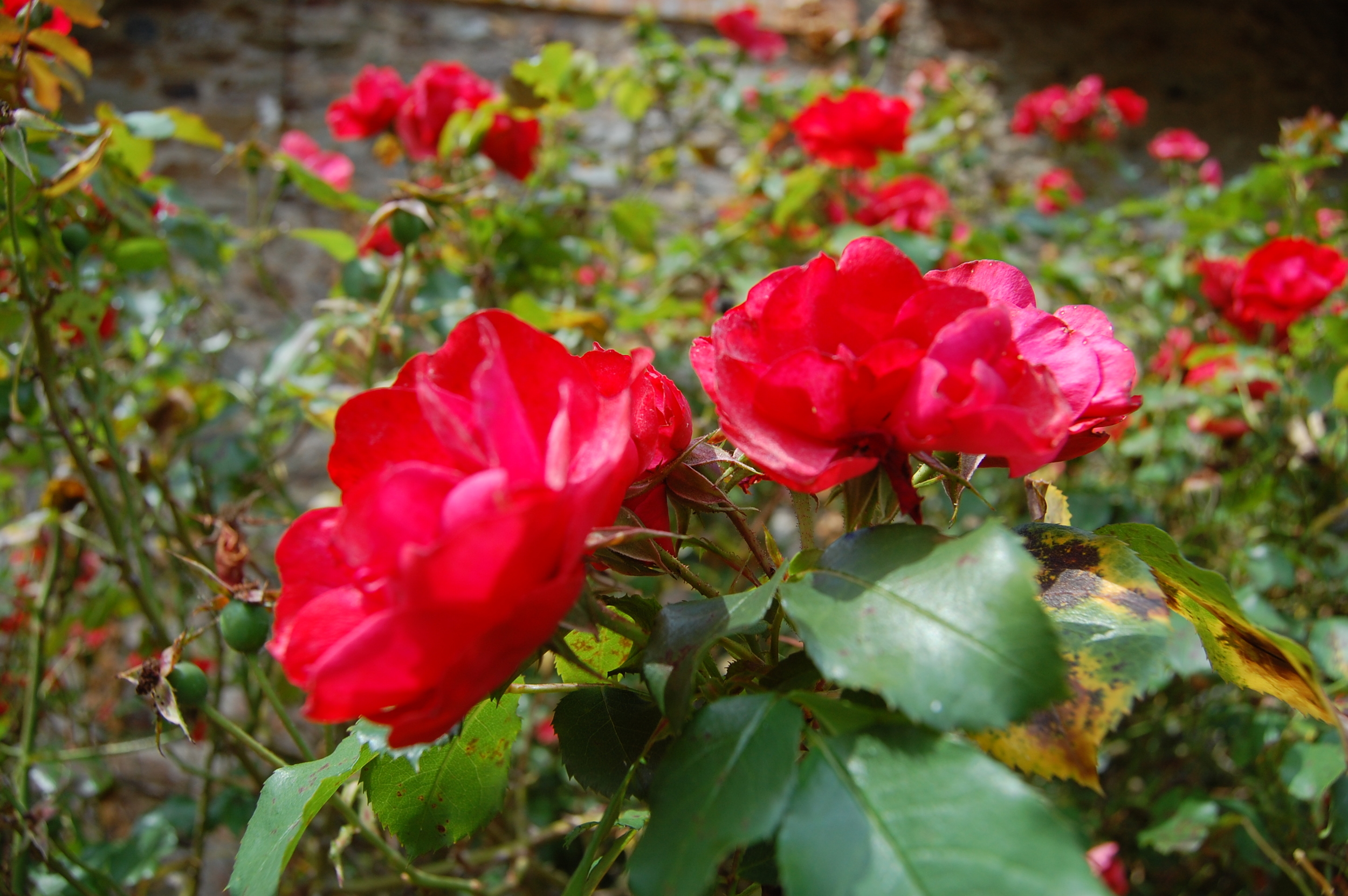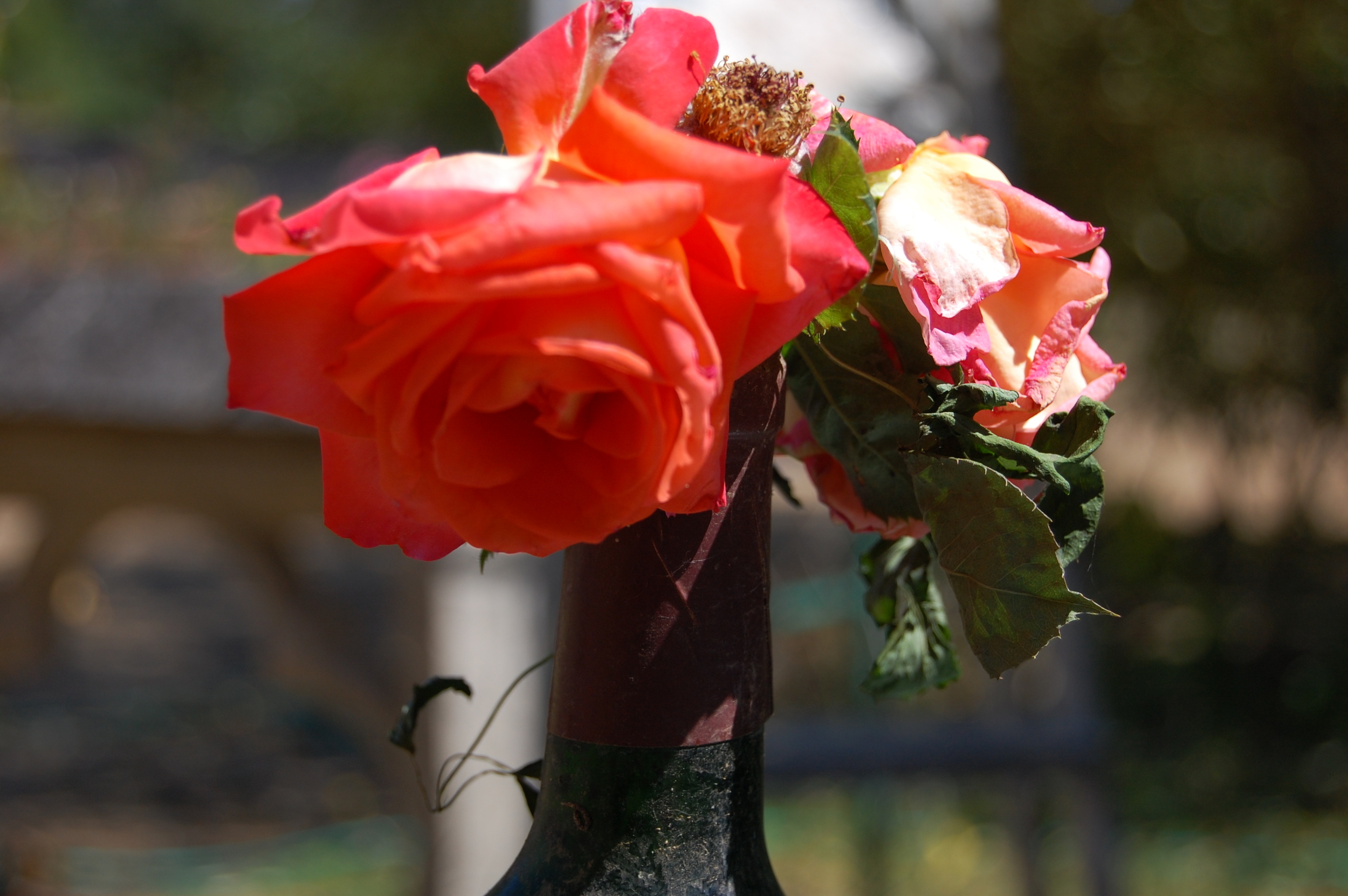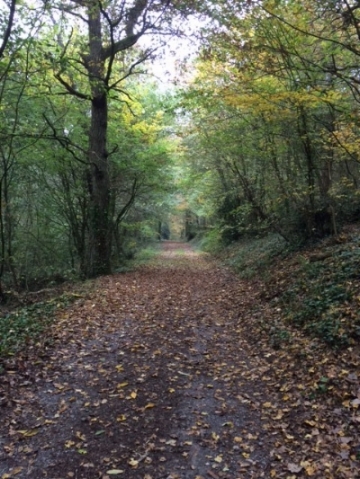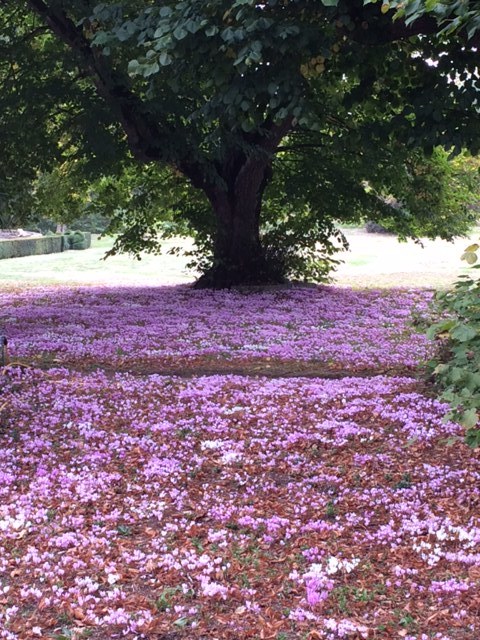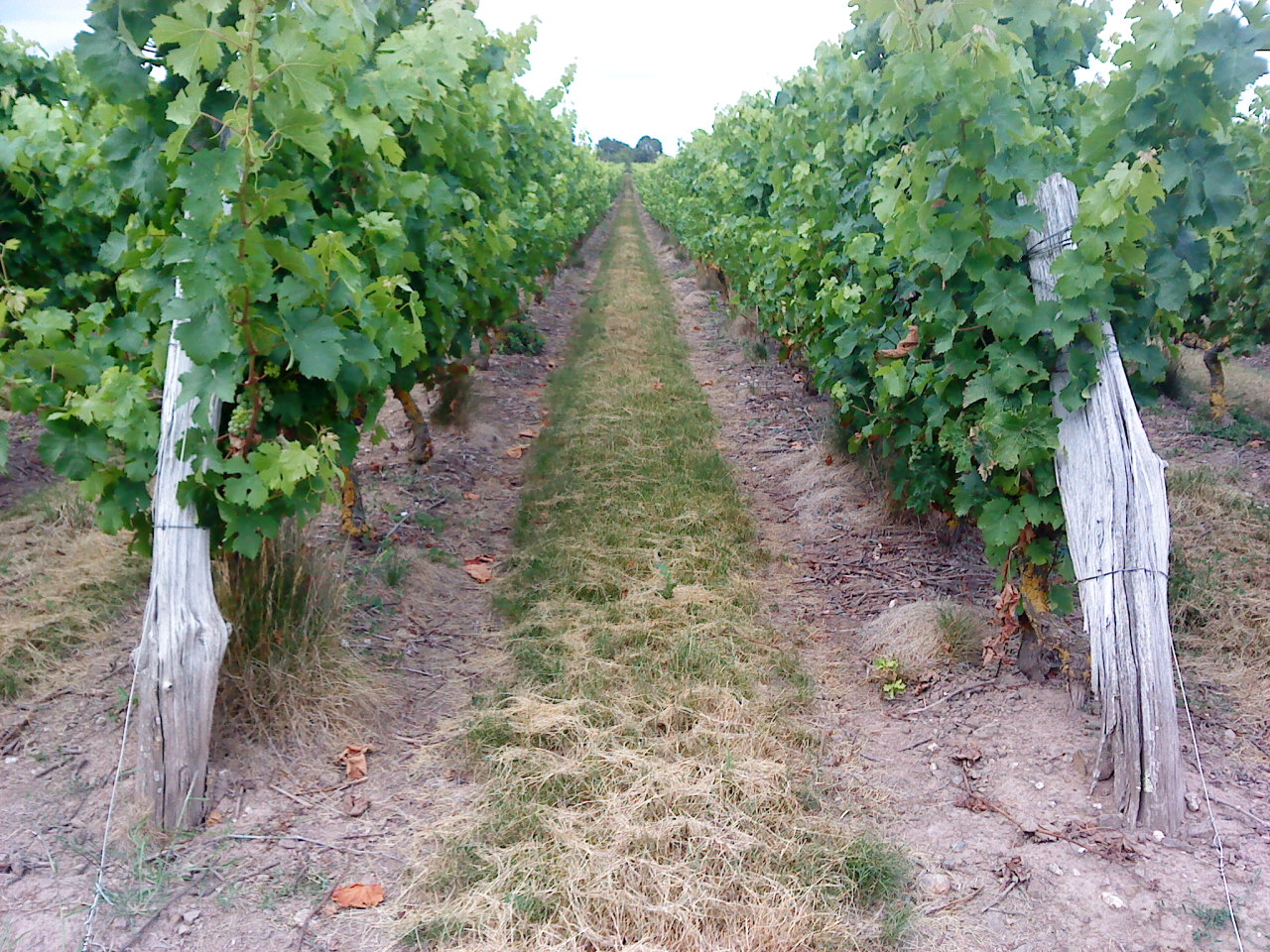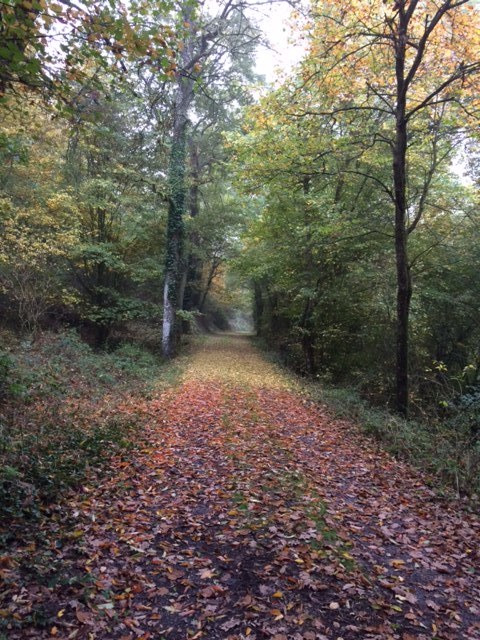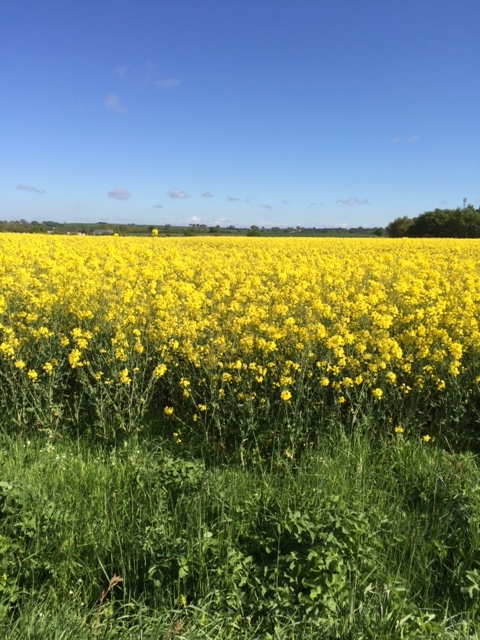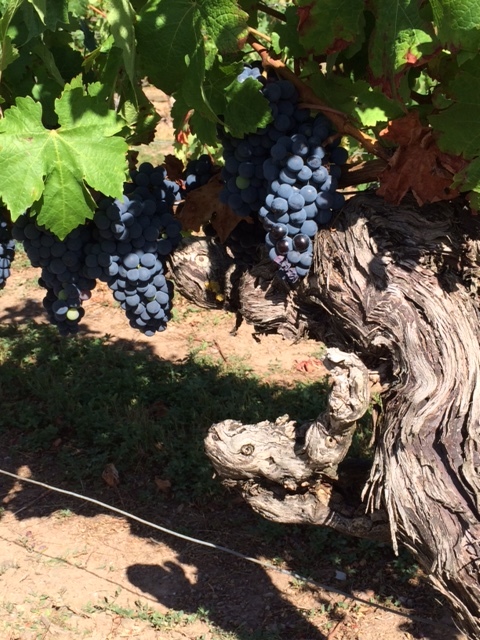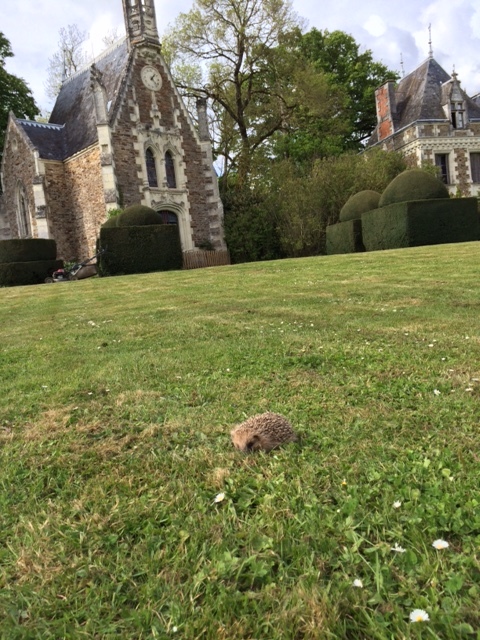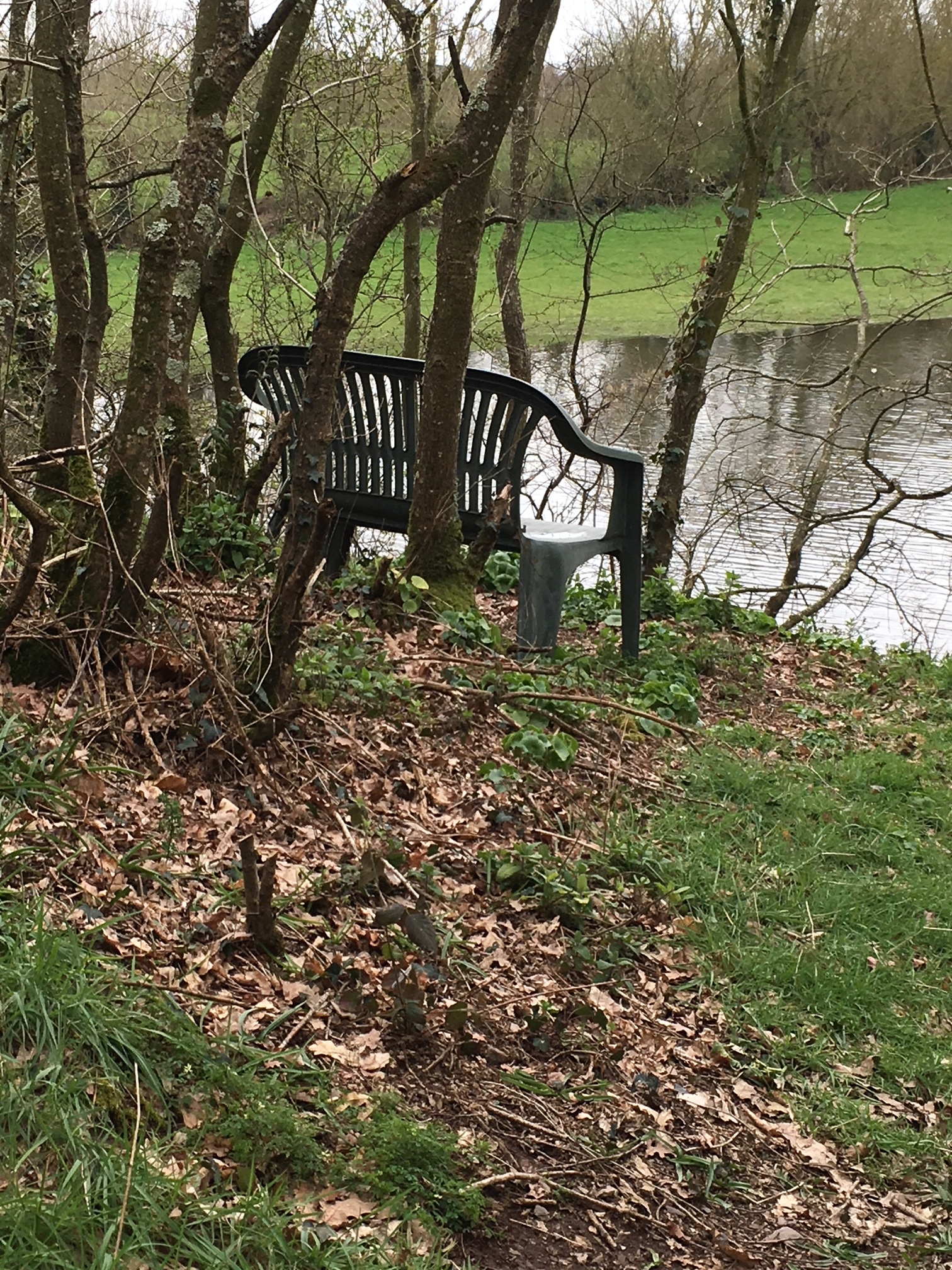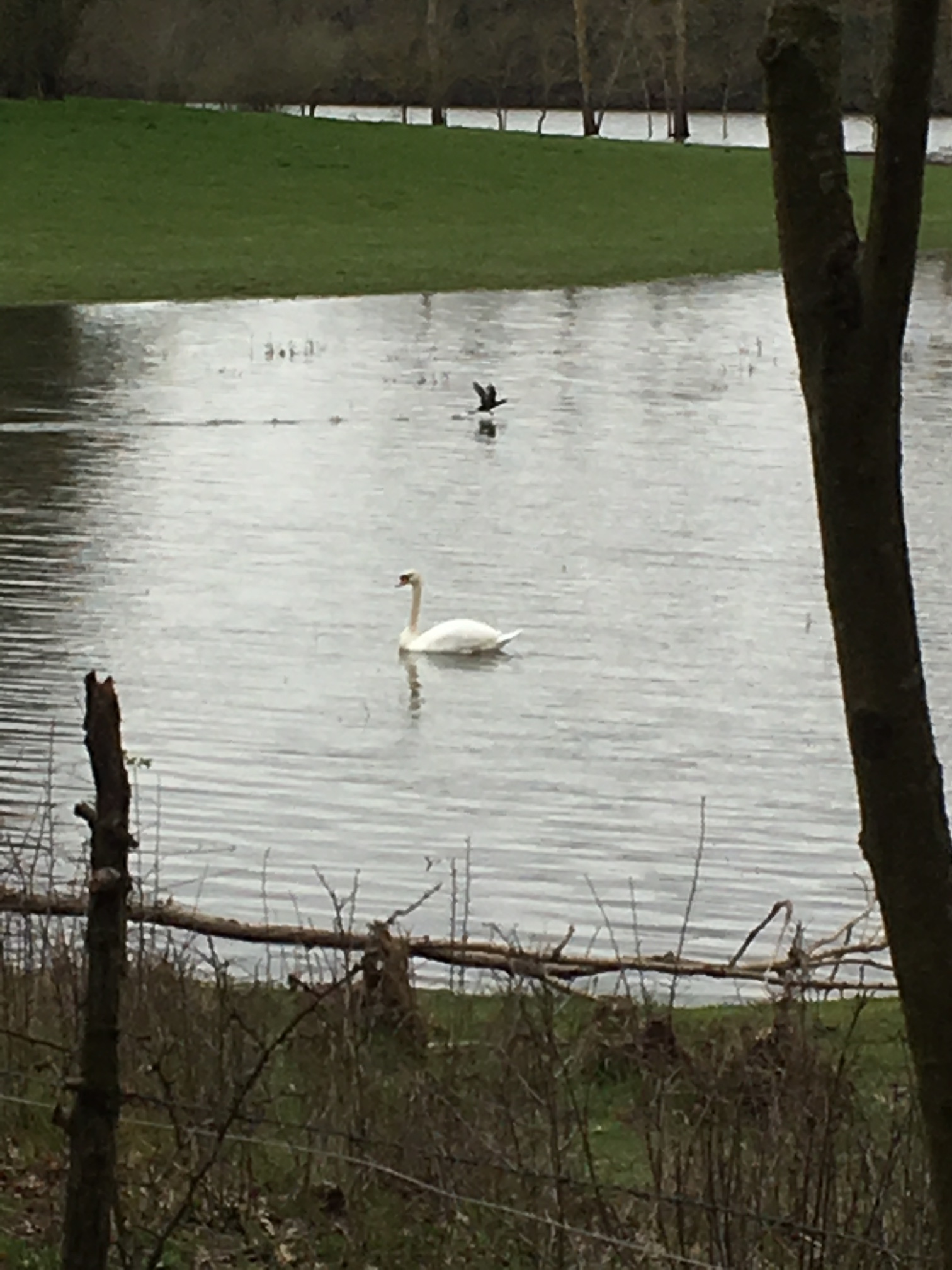


The Gardens
Nationally recognized and award-winning gardens
The Gardens
Nationally recognized and award-winning gardens
Le Pin Gardens are known throughout France for its unique topiary and extensive flower gardens that surround the chateau. Anchoring the gardens are the magnificent topiary providing backdrop to acres of rose gardens, frog ponds, expansive lawns and natural parks.
The formal gardens were originally designed by noted architect Alfred Koerner for Gerard and Claudine Gignoux in the 1920's. These include the topiary and terraces with reflecting pools just below the chateau. The gardens are presently maintained and have been expanded by their granddaughter, Jane de la Celle.
The French Government has classified Le Pin as a "Monument Historique". The Ministère de la Culture et de la Communication has awarded the "Des Jardins Remarquables" designation to Le Pin's gardens and grounds.
The gardens are open to the public during weekend afternoons, holidays and by appointment from May 1 through October 15.
Le Pin hosts two annual Fête des Plantes in the Spring and Fall. Both Fetes are celebrations of the art and passion of plants and gardens. Up to 5,000 people come each weekend to learn and enjoy the plants and wares from dozens of vendors.
Within the gardens is a walled potager which features seasonal organic fruits and vegetables, available to Le Pin guests as wells as local restaurants and markets.

The Grounds
Birdwatchers' paradise
The Grounds
Birdwatchers' paradise
The grounds of Le Pin are a patchwork of pastures, cultivated fields, vineyards, woodlands and marshes providing year round habitat for many species of mammals, reptiles, amphibians and birds. There is even an dolmen adjacent to the property.
While strolling along the allée and footpaths one can potentially see deer, rabbits, squirrels, hedgehogs, nutria and even wild boar. Over 70 species of birds have been sighted making it a birdwatcher's paradise. Dozens of year-round residents such as the European Goldfinch, merlins and kestrels and Ring-necked pheasant share the property with migrants including hoopoes, green woodpeckers and various warblers. A wide variety water fowl and shore birds come to the étang in winter, including swans, grebes, terns and heron. In the spring the ubiquitous call of the cuckoo can be heard throughout the day.
